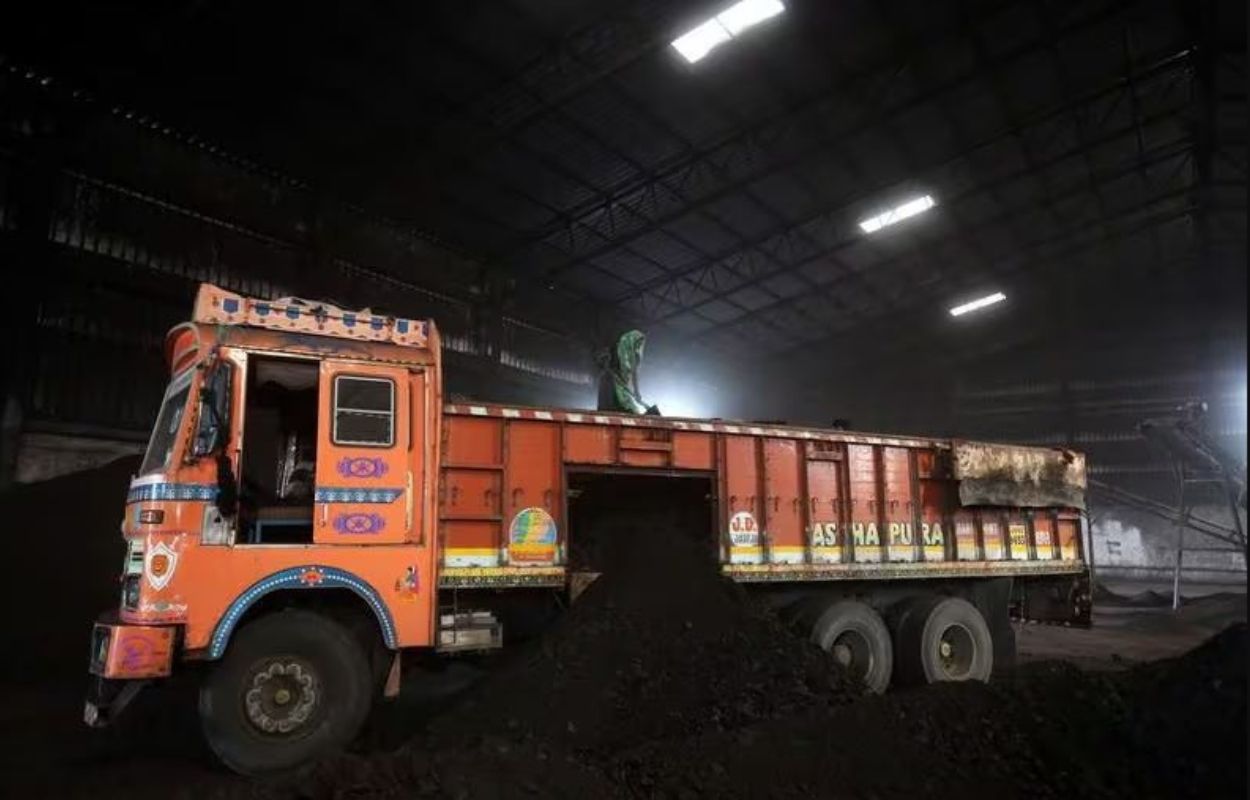
👇👇👇Change Language
Optimism Abounds: Coal Industry Forecasts Significant Growth in India Despite Commitment to Net-Zero Emissions
In BAMBOLIN, India, on February 28, at the Coaltrans India conference in Goa, a clear consensus emerges among participants from various sectors of India’s coal industry: optimism reigns supreme. Whether you’re a miner, trader, utility, or steelmaker, there’s a shared bullish sentiment.
The overarching message conveyed throughout the event is that coal production, imports, and demand are all poised to increase significantly in the years ahead. Despite India’s commitment to eventually reducing coal consumption as part of its path to achieving net-zero emissions by 2070, the industry foresees a substantial ramp-up in activity over the next decade.
At the conference, even the most careful predictions estimated that by 2030, demand for all types of coal would reach 1.5 billion metric tons, possibly even hitting 1.9 billion. To illustrate, India’s current coal demand stands at 1.23 billion tons, made up of 964 million tons from local production and around 266 million from imports. In simpler terms, even the gloomiest forecasts anticipate India’s coal demand to grow by almost 300 million tons in the next six years, marking a 25% increase.
To understand the scale of the increase, 300 million tons is greater than what Germany, the fourth-largest coal-consuming nation after China, India, and the United States, uses in a year. The positive outlook on coal’s role in India’s energy comes from Prime Minister Narendra Modi’s government focusing more on energy security and domestic resources than on reducing carbon emissions to tackle climate change.
India has a lot of coal reserves, and it’s cheap to mine. By improving infrastructure, it can transport coal from where it’s mined to power plants and factories. Using more local energy means India doesn’t need to buy as much expensive imported oil and gas.
Crude oil and its products may start competing more with coal for power generation as electric vehicles become more popular. Industries like cement and ceramics in India are encouraged to use coal-produced gas for power instead of importing coal, met coke, and LNG.
Despite India’s efforts to deploy renewable energy like wind and solar, there’s still a strong demand for electricity, leading to continued growth in fossil fuel generation. India plans to surpass its 500 GW renewable energy target by 2030, but electricity demand will outstrip capacity additions. This will result in increased coal-fired capacity, with 85 GW of new plants expected by 2030.
Steel production in India is expected to rise from 140 million tons in 2023 to possibly over 200 million tons by 2030. Steelmakers anticipate importing about 135 million tons of coal by 2030 to meet this demand, up from 93 million tons in 2023.
There’s uncertainty about India’s future coal production versus imports. Since India lacks significant coking coal production, increased steel production will likely lead to higher imports of coking coal and met coke. The debate centers on whether state-controlled Coal India and new private mines can increase output enough to reduce reliance on imported thermal coal for power generation. Despite investments in rail infrastructure, coastal power plants in southern and western India are expected to continue relying on imported coal for the foreseeable future.



